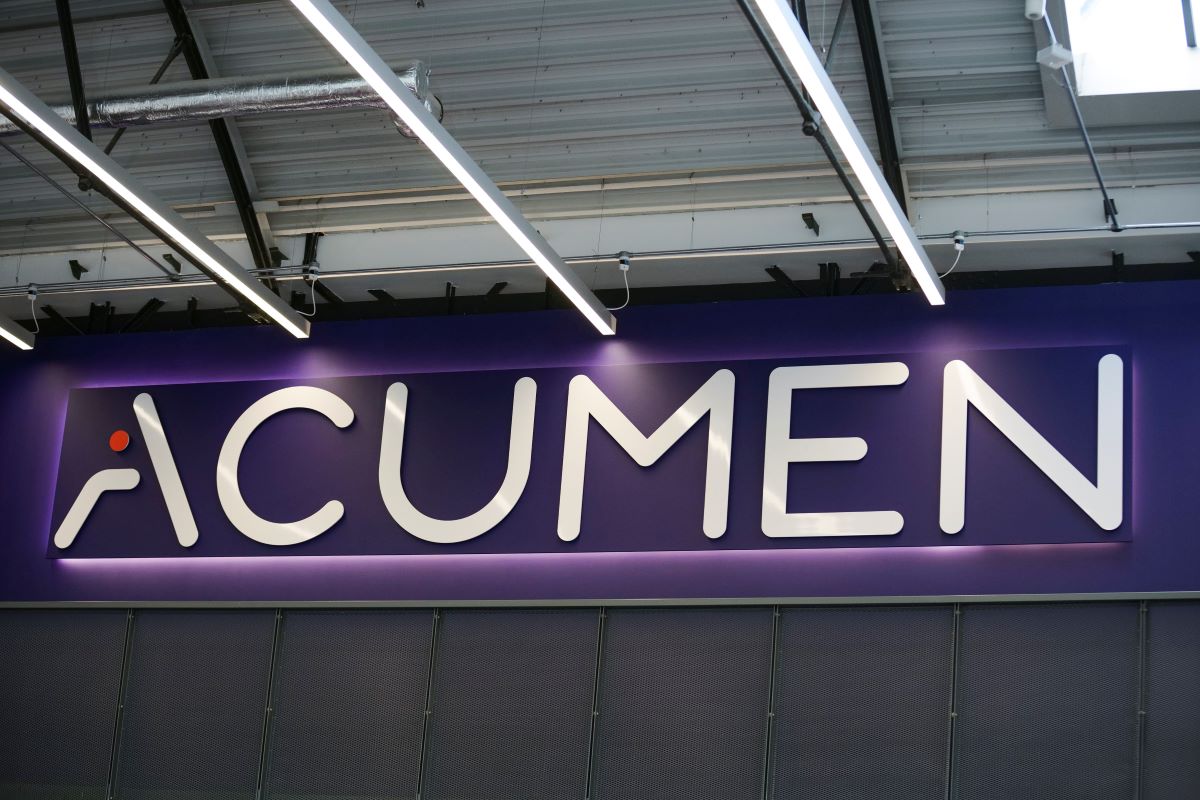Machine learning, gamification and personalisation: What does 2022 hold for management information systems in education?

DeMIStifying the future: 2022 will be a watershed for Big Data
The EdTech market is booming. Already worth some £188bn globally, a recent report by the research house Arizton forecasts a near doubling in value to £450bn in just five years. And though there are doubtless myriad factors at play – from rapid technological development through to significant investment – it would appear that, when focusing on management information systems (MIS), Covid-19 has fuelled some of this growth.
With school pupils at home for swathes of 2020, and oscillating between bedrooms and classrooms for much of 2021, institutions came to rely on their MIS platforms to, amongst other things, monitor pupil progress and conduct essential safeguarding. After all, where education professionals had fewer opportunities to quickly chat in person to discuss pupil progress or wellbeing, MIS plugged the gap, allowing vital information to be trapped and easily shared between often remote colleagues.
For further education and training institutions, meanwhile, MIS provided the answer to two important questions: how do you take a remote class register and, no less importantly, how do you track who actually attended a class? At a time when Zoom and Teams had quickly become household names, it is perhaps unsurprising that MIS platforms should have grown in prominence, too. Indeed, the heightened reliance on MIS will likely bring with it renewed investor interest: ESS alone is planning to invest £40m in its SIMS platform within the course of the next few years.
But it’s not just that Covid-19 fuelled the growth in MIS platforms. Rather, the pandemic also influenced the shape of this growth: spurring increased digitisation and technological development across the sector. Early into the pandemic, for instance, the Department for Education mandated that schools change how they record absences, so that those caused by Covid-19 were specified. MIS platforms rose to the challenge, quickly adapting underlying technology to meet the Government’s request.
Adaptability, it seems, will be a keynote of the future development of MIS as well as of its past performance. In the months and years ahead, we’ll likely see the pace and shape of MIS innovation determined by the demands from schools, FE colleges and training providers themselves. Indeed, at some stage in the future, increased demands for ‘personalisation’ could even see an evolution in MIS that would ostensibly allow individual pupils to receive individual, tailored lessons from teachers. And in FE colleges, meanwhile, whilst there is some talk of the potential ‘gamification’ of lessons, the months and years ahead will more likely see continued development in the provision of video content for vocational courses on MIS platforms.
This last point is instructive: the next few years will likely see increased collaboration between MIS platforms and third-party suppliers – be they video content creators or payment platforms. MIS, put simply, is an ecosystem; it is not a one-stop shop but rather than an effective network of partnerships – and one that will only grow further.
That is not to say it will be entirely plain sailing for MIS. For one, FE colleges and schools beat to decidedly different drums: a kind of hybrid learning may be possible for some college sixth formers on days where they only have one lesson, enabling them to ‘work from home’, but for FE institutions, where so many courses are vocational, MIS platforms will need to evolve to account for the fact that students will have to attend more frequently. At the same time, as machine learning continues to take hold of the sector, as the Arizton report projects it might, the sector could run into issues around algorithmic bias (not to mention data compliance requirements).
That EdTech – and with it MIS platforms – is a growth market, thanks in part to the opportunities created by Covid-19, is by now clear. But even as the pandemic beats a final retreat, we can expect growth to continue as MIS providers become ever-more attuned to customer need. Of course, it’s difficult to clearly divine future demand, but the adaptability of MIS platforms will certainly help providers deMIStify the challenges of tomorrow when they arise.
By Holly Westall and Brian Mann, ESS











Responses